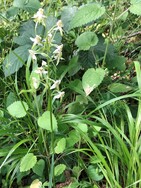 Photo: Elizabeth Forbes Photo: Elizabeth Forbes Organiser: Peter Shallcross The RSPB’s 33-hectare reserve sits in the middle of Cranbourne Chase just north of Sixpenny Handley via Ebbesbourne Wake. This ancient wood (along with coppiced hazel and maple, there are areas of oak, scrub and mixed plantation, with glades, rides and deadwood) has been managed for centuries, creating a special place for some magnificent wildlife, including blackcap and marsh tit, colourful wildflowers and small mammals like dormice. Openings in the trees create pockets of sunlight to attract butterflies, including the silver-washed fritillary (see below) and white admiral (not seen). 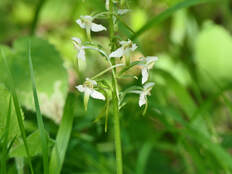 Photo: Andrew Carter Photo: Andrew Carter The first excitement was butterfly orchids - a taller woodland plant (above) compared with the lesser butterfly version which is found on more open ground. There were also many common spotted orchids. Lots of different grasses, reeds etc. One of our guests proffered this helpful way of telling the difference: Sedges have edges Rushes are round Grasses are hollow Right down to the ground. So 'now you know', as she said! The blackberries were really only just coming into flowers, but once fully out (and with the impending heatwave) this will become an emporium for butterfly spotters. Something of a surprise were several different kinds of fungi: identification welcome! This being ancient woodland might explain the profusion even at this time of year. 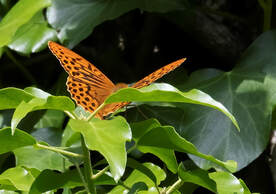 Butterflies were disappointingly in rather short supply although one silver washed fritillary (the silver wash is on the underside of the wings) was snapped Abby Eaton and others we saw were newly emerged and pristine. There were some fascinating moths, including a longhorn with, indeed, unbelievably long antennae, a surprising deposit of buff tip moth eggs and caterpillars, a large skipper butterfly all of half an inch long and a spotless ringlet (the males sometimes don't have spots). The visit ended with a peaceful picnic lunch on logs helpfully positioned in the shade, probably by RSPB volunteers. Comments are closed.
|
Photo: Avocets (Izzy Fry)
The headers display photos taken by our members. Do get in touch via the Contact Form if you'd like to submit a photo for selection.
Archives
May 2024
Categories
All
|
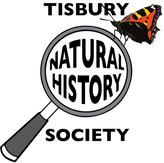
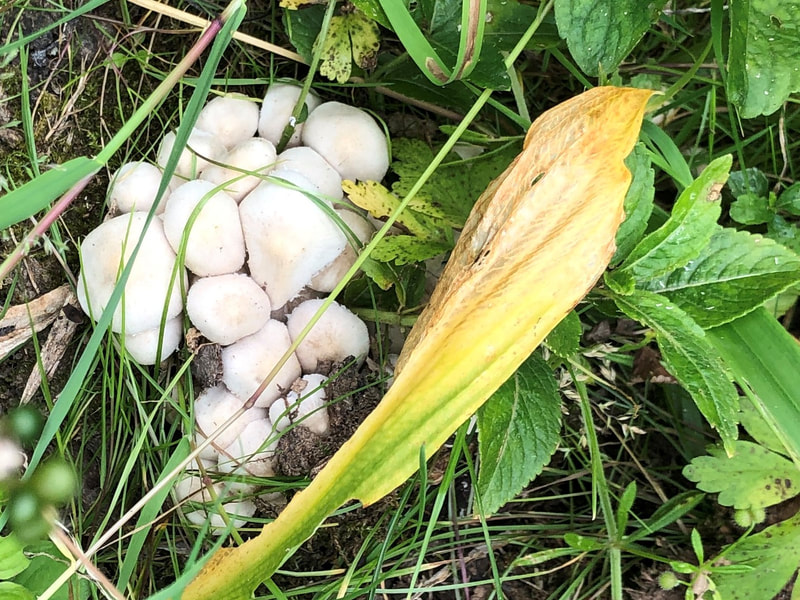

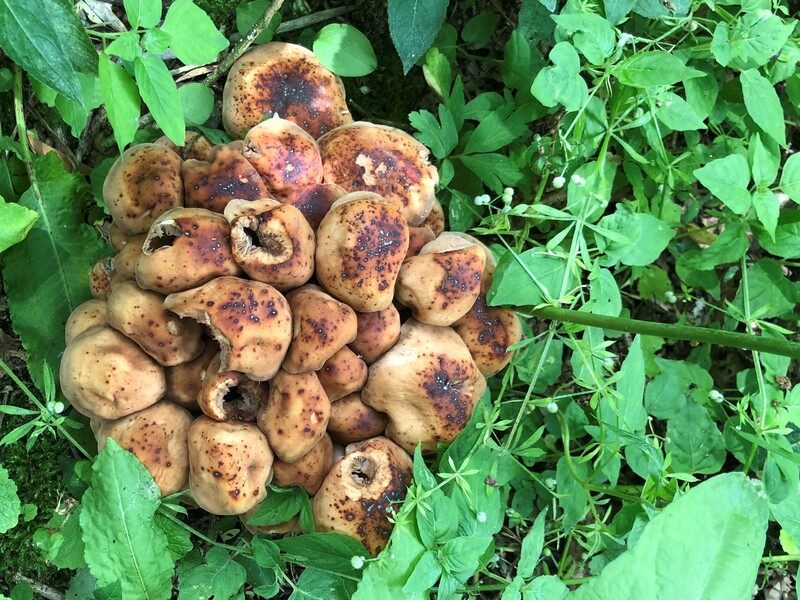

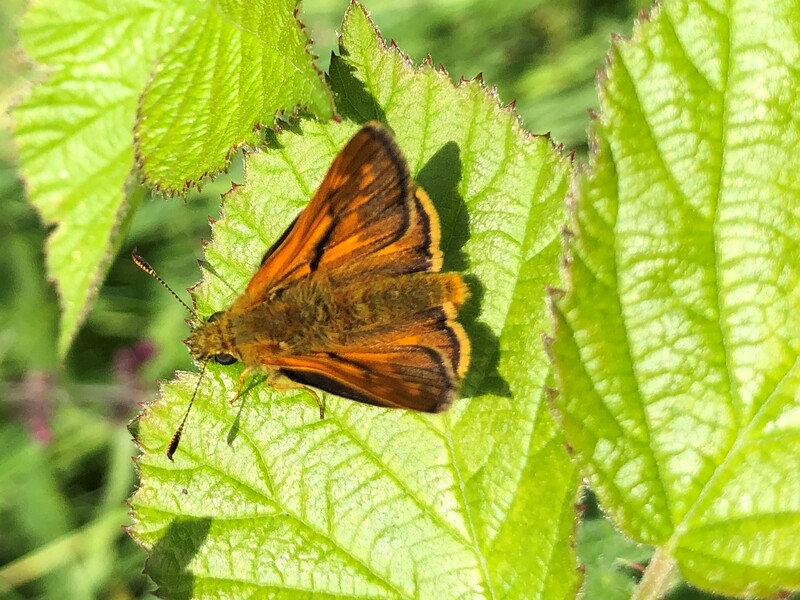
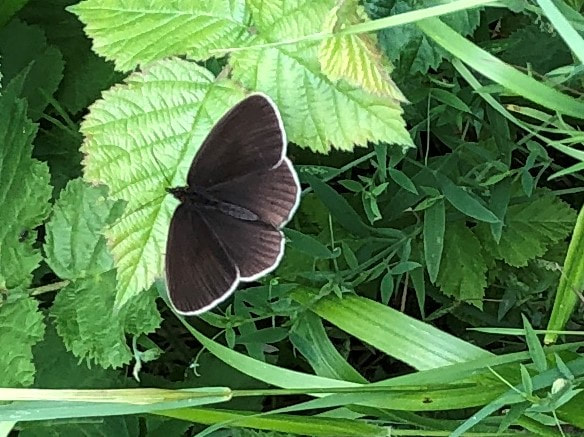
 RSS Feed
RSS Feed